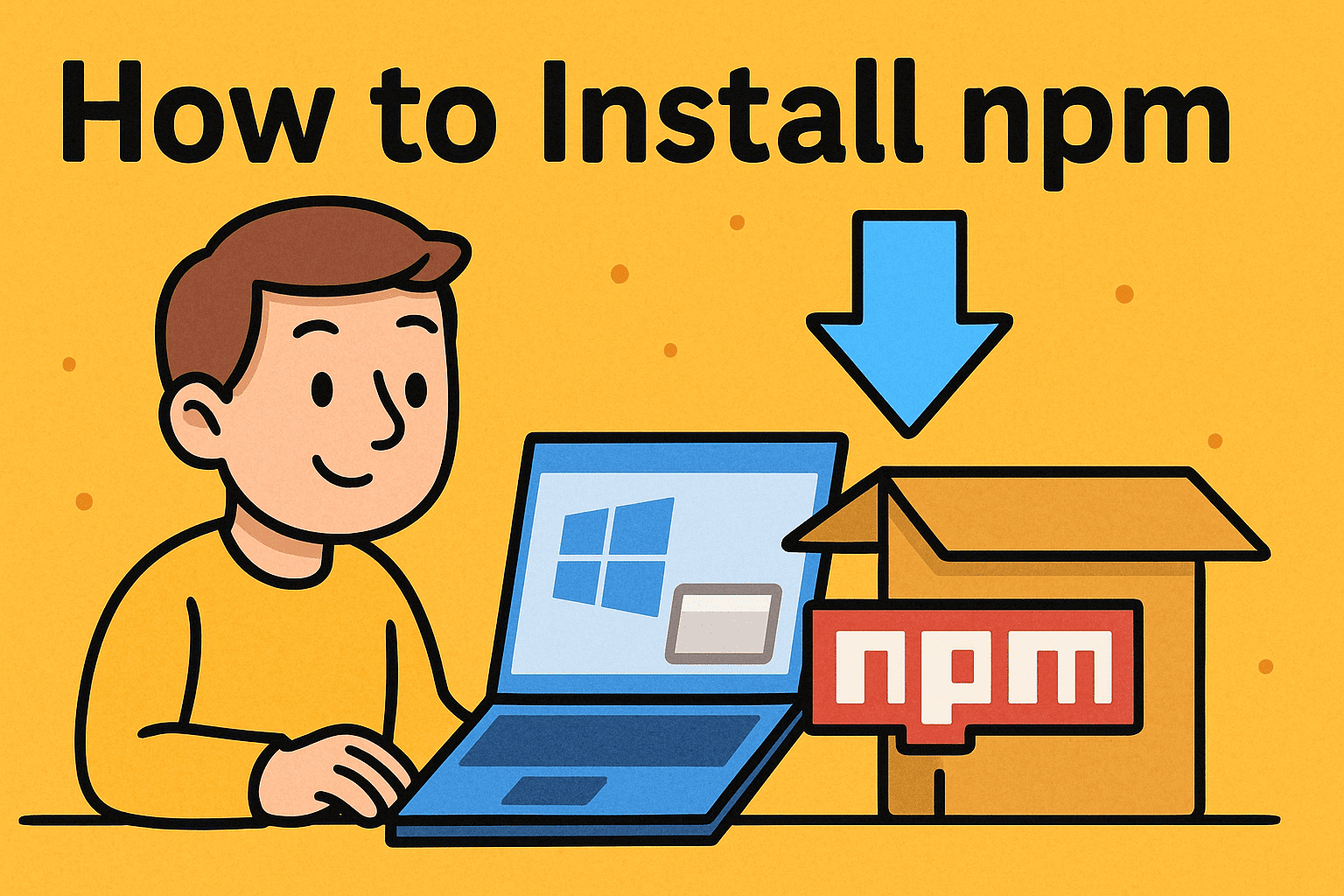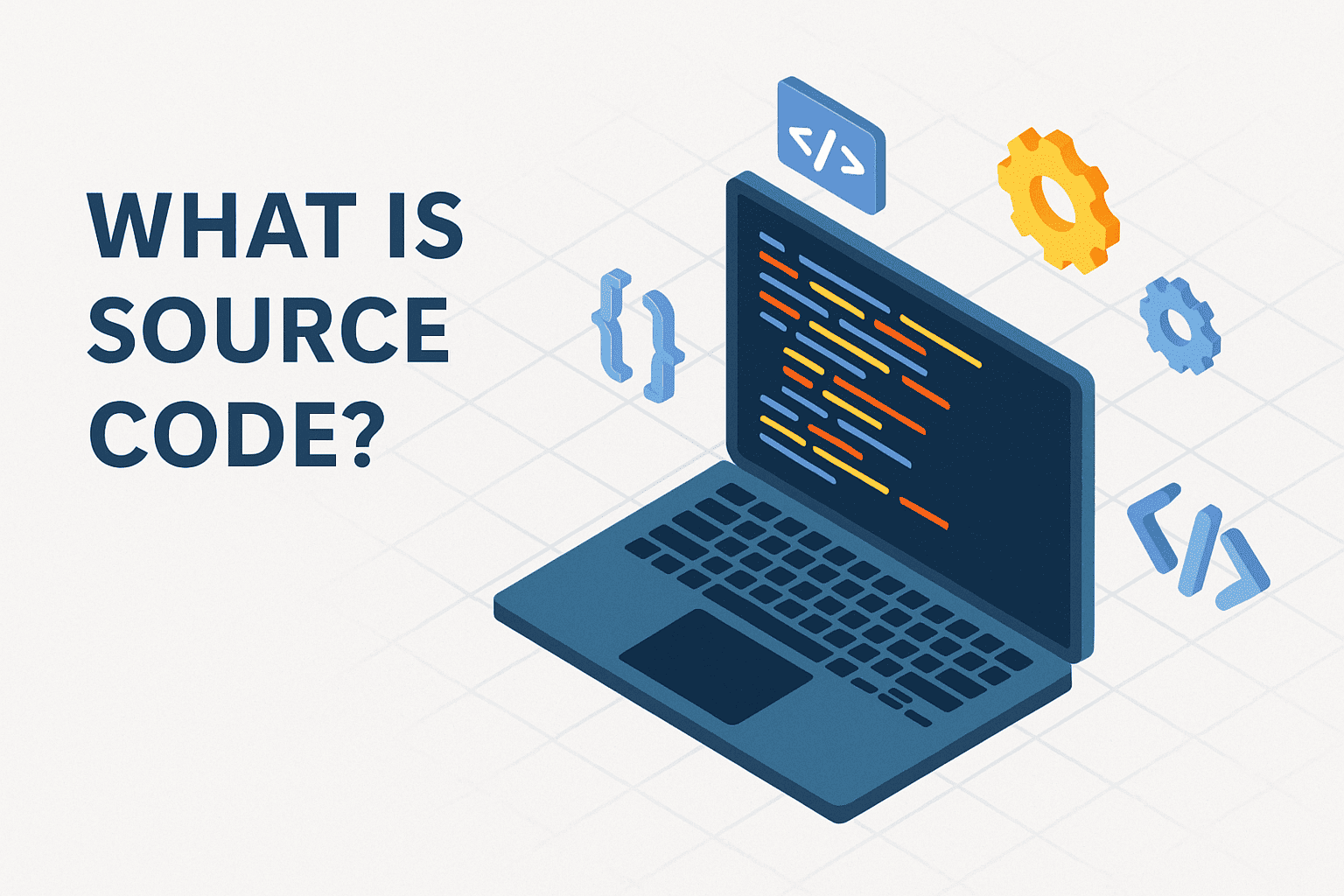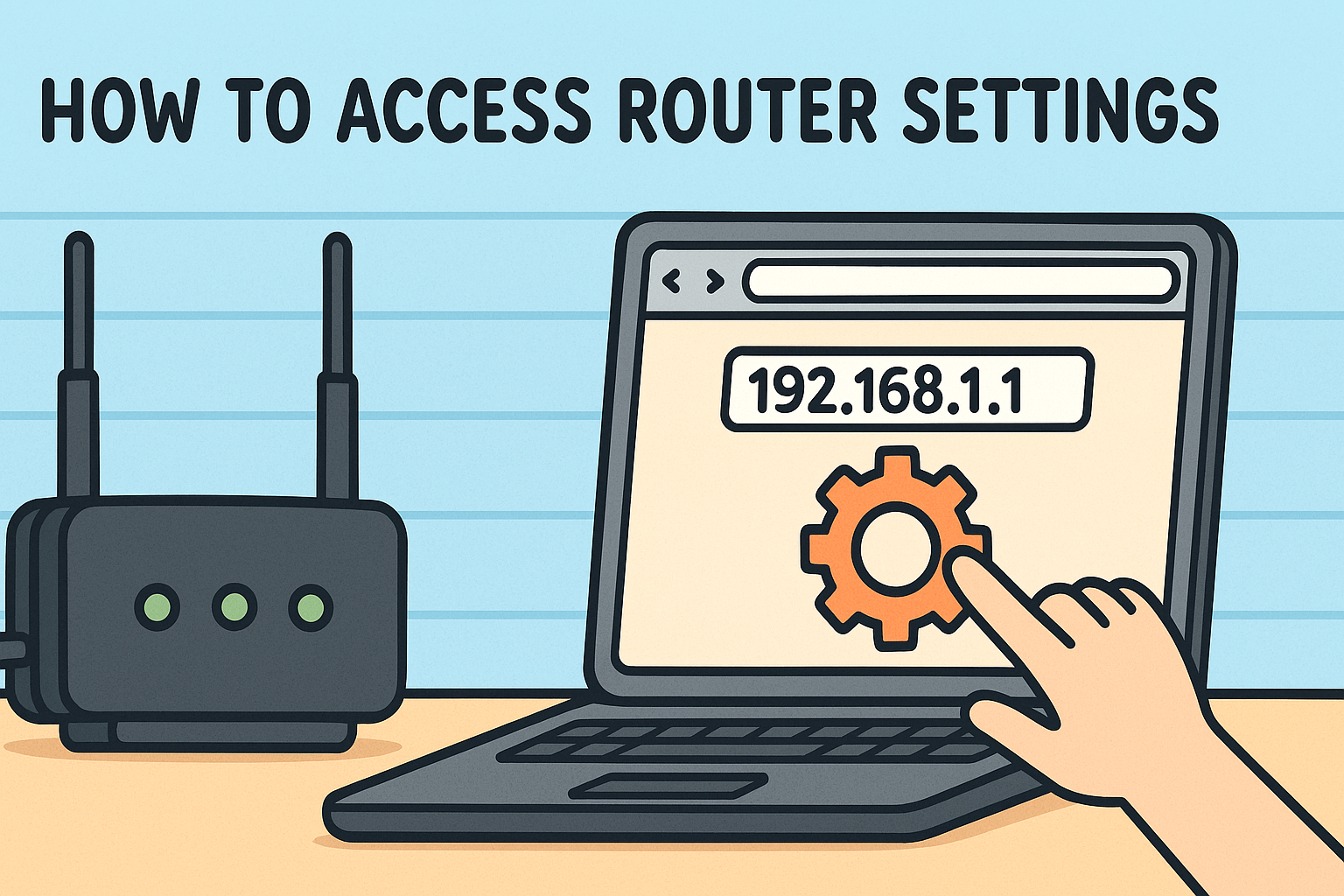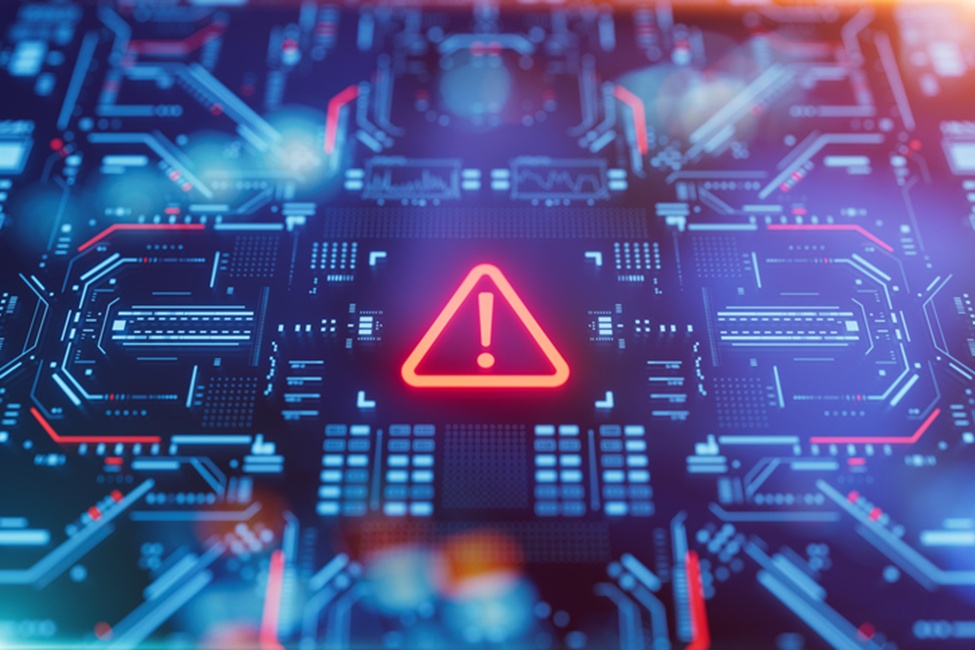What Is Peripheral Component Interconnect (PCI)?
Updated on August 13, 2025, by Xcitium

Ever wondered how your computer seamlessly powers graphics cards, network adapters, or SSDs? The answer often lies in what is PCI (Peripheral Component Interconnect). PCI is a foundational bus technology that allowed devices to plug into your PC and communicate with the CPU.
Introduction: Why PCI Still Matters
Though modern systems now rely on PCIe, understanding PCI illuminates the evolution of computer hardware—and why compatibility and architecture matter.
1. What Is PCI?
Peripheral Component Interconnect (PCI) is a standardized bus system introduced by Intel in the early 1990s to connect peripheral devices—like sound cards, network cards, and video cards—to a computer’s motherboard. It facilitated consistent, hot-pluggable connections and a shared data pathway between the CPU, memory, and peripheral devices.
Evolution Over Time
- PCI replaced older buses such as ISA and VLB, offering greater bandwidth and stability.
- Later enhancements included PCI-X, offering greater bandwidth, and ultimately superseded by PCI Express (PCIe).
2. How PCI Works: Mechanisms & Specs
Architecture Overview
PCI uses a parallel bus design where multiple devices share the same data lines. It relies on a bridge (typically part of the Southbridge in older designs) to connect to the CPU and memory.
Key Specifications
- Width & Speed Options:
- 32-bit at 33 MHz → 133 MB/s
- 32-bit at 66 MHz → 266 MB/s
- 64-bit at 33 MHz → 266 MB/s
- 64-bit at 66 MHz → 533 MB/s
Technical Advantages
- Hot-pluggable and processor-agnostic
- Platform-independent—maintains compatibility across CPU architectures through bridge adjustments
Common Uses
- Graphics cards, network adapters, sound cards, and storage controllers have historically accessed the system via PCI.
3. PCI Variants: PCI-X & PCI Express (PCIe)
PCI-X (PCI eXtended)
Designed for servers and high-performance workstations, PCI-X supports up to 64-bit widths and higher clock speeds—up to 133 MHz—achieving much higher throughput.
Still backward-compatible with PCI, though longer in physical connectors.
PCI Express (PCIe)
A paradigm shift to serial, point-to-point architecture.
- Offers multiple lanes—ranging from x1 to x16—providing scalable bandwidth.
- Significantly higher speeds and efficiency compared to parallel PCI or PCI-X.
- Supports hot-plug and advanced features like I/O virtualization.
4. Real-World Importance of PCI
Why It Mattered
- Unified and faster connectivity across diverse components
- Enabled plug-and-play devices, reducing configuration complexity
- Became the standard expansion method for decades
Legacy to Modern Transition
- PCI is largely obsolete in consumer devices, but important in legacy systems and some embedded environments.
- PCIe’s back-compatibility ensured a smooth transition, preserving ecosystem stability.
5. PCI in Cybersecurity & IT Operations
- Understanding bus architecture helps diagnose hardware compatibility and performance issues.
- Legacy PCI slots may be leveraged for specialized interfaces in secure facilities.
- Knowledge of bus types aids in upgrade planning, especially in operational environments where security and reliability are paramount.
Frequently Asked Questions (FAQ)
- What does PCI stand for?
PCI stands for Peripheral Component Interconnect, a standard interface for connecting peripherals to a computer’s motherboard. - How is PCI different from PCIe?
PCI uses a shared parallel bus, while PCIe uses high-speed serial connections with individual lanes for each device, enabling much faster speeds and scalability. - Why was PCI replaced by PCIe?
PCIe offers higher performance, better bandwidth, hot-plug support, and scalability, making it better suited for modern computing demands. - Do modern motherboards still include PCI slots?
Most modern systems have phased out standard PCI slots, favoring PCIe instead. However, some legacy systems and embedded boards still feature them. - What is PCI-X used for?
PCI-X, designed for servers and high-performance workstations, offers enhanced bandwidth and is an evolution of standard PCI, though largely superseded by PCIe.
Final Thoughts
Understanding what is Peripheral Component Interconnect (PCI) sheds light on how modern PCs evolved. From bridging the gap beyond ISA to enabling today’s ultra-fast PCIe connections, PCI remains a cornerstone in the history of computer hardware design and architecture.
Want to Secure and Modernize Your Hardware Infrastructure?
Explore how Xcitium can help you monitor hardware compatibility, manage legacy interfaces, and ensure secure, future-ready deployments.















